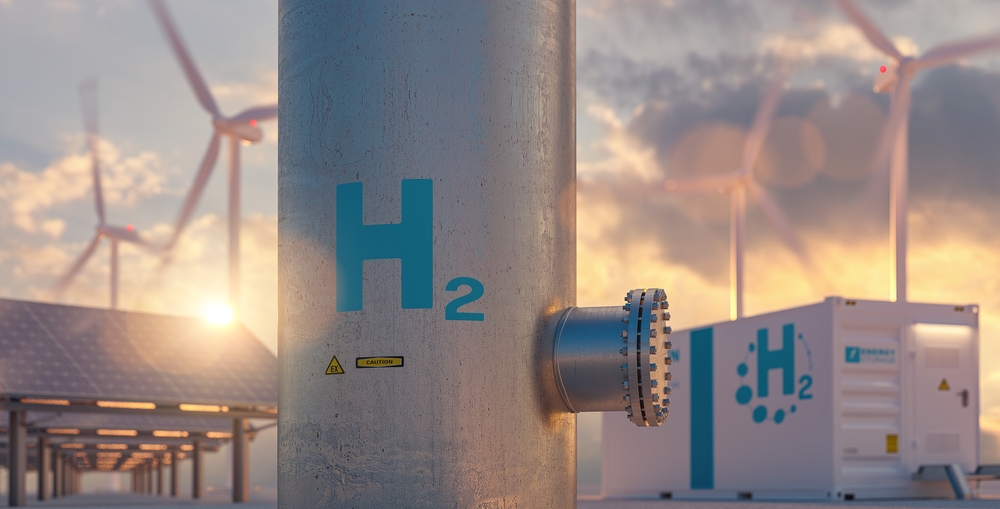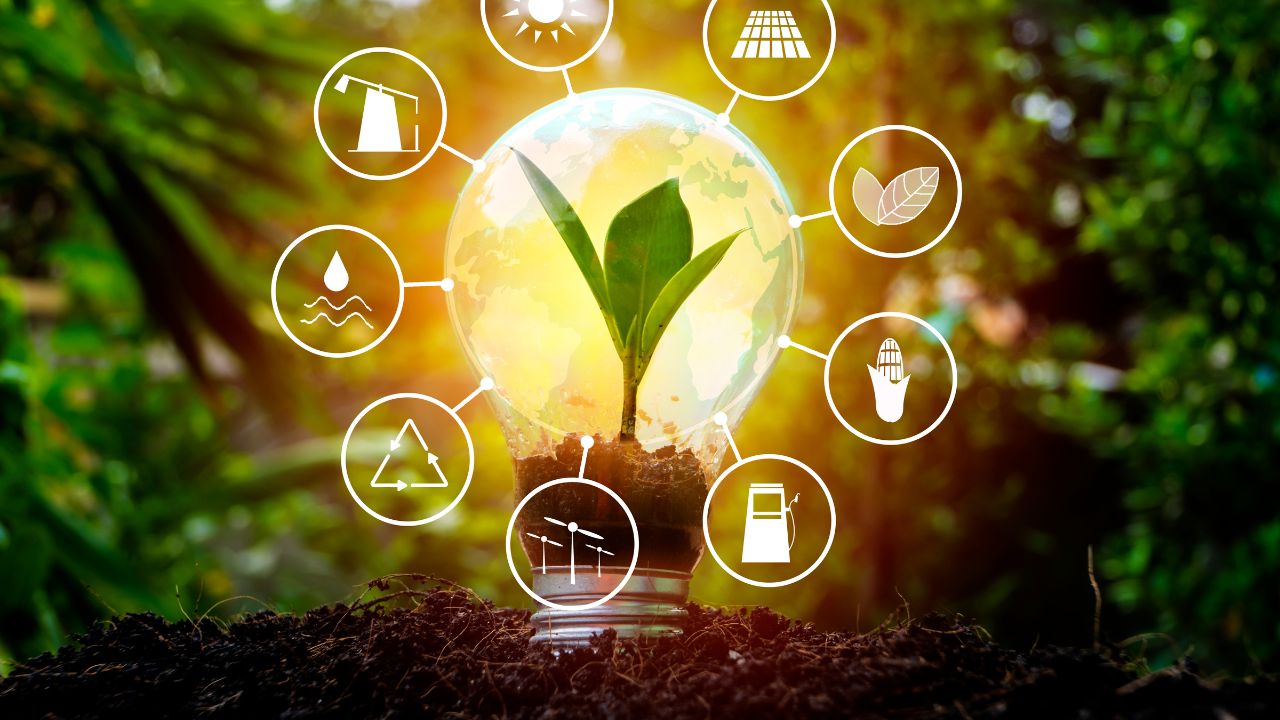Europe is currently facing a major energy crisis. Energy and gas prices are skyrocketing and costs are increasing in every sector. A call for a push toward renewable energy becomes more frequently heard as a sustainable and long-lasting solution to solve some of the issues surrounding global warming and energy.
During these times it is valuable to explore recent developments within the energy sector. Therefore, in this article, we take a look at Hydrogen, as the interest in hydrogen energy has increased significantly in recent years. According to the International Energy Agency: “The world has an important opportunity to tap into hydrogen’s vast potential to become a critical part of a more sustainable and secure energy future.”
Hydrogen fuel cells and energy storage
Hydrogen has certain aspects that make it a beneficial energy source. Hydrogen can be stored and transported in liquid form by boat or in gaseous form via pipelines. A wide variety of fuels are able to produce hydrogen, including renewables, nuclear, natural gas, coal and oil. It has a high energy density, making it an ideal fuel source in transport or industry feedstock.
Hydrogen fuel cells use hydrogen as fuel in an electrochemical process that combines hydrogen and oxygen to produce electrical energy and water. It can also be transformed into electricity to power homes and industries, and into fuels for cars, trucks, ships and planes. However, while Hydrogen is quite abundant as a natural resource, it is rarely found in its pure form. Using chemical reactions, pure Hydrogen can be produced.
At the moment most of the hydrogen is produced through fossil-fuel reforming, a process that produces a reaction between natural gas and steam. However, hydrogen can also be produced from renewable sources, for example through electrolysis using electricity generated by renewable sources. Electrolysis used to be a very expensive process and production could cost more than the value of the output. Advances in technology are making electrolysis less expensive, and electricity from wind, solar and hydro has become available on a large scale.
Another promising development is waste-to-hydrogen. Waste-to-hydrogen is a new process, which creates value out of waste. It is a self-sustainable thermal conversion treatment of organic waste, including plastics, which breaks down the waste matter and extracts the hydrogen they contain. H2-Industries, using its proprietary technology, has developed a process to create large amounts of hydrogen from organic waste at competitive costs. According to H2-Industries, waste-to-hydrogen is a lot more cost-efficient than electrolysis; about half the cost of electrolysis. Another massive benefit for the environment is the reduction of waste landmasses as the waste gets turned into hydrogen.
As a result “green hydrogen”, carbon-free produced hydrogen from electrolysis and waste-to-hydrogen, has become a real option to transform the energy market.
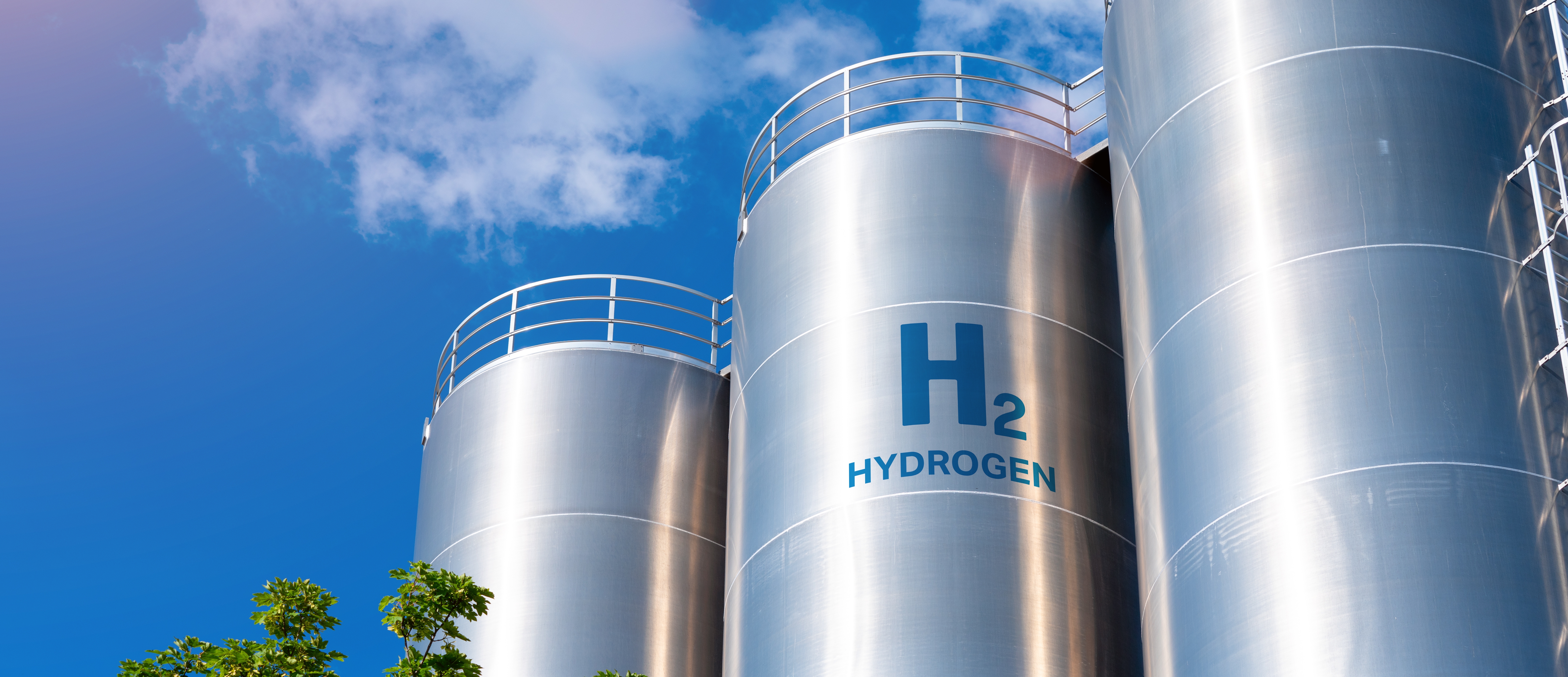
The move towards green hydrogen.
Green hydrogen produced from electrolysis and renewable energy sources is still a relatively high-cost option, and at the moment only accounts for around 5% of total hydrogen production. Although a shift towards green hydrogen production is starting to happen due to the costs starting to drop, fossil fuel hydrogen production is still the cheaper option for now.
Today, hydrogen is mainly used in oil refining and the production of fertilizers. According to the IEA’s The Future of Hydrogen report, the production of “grey” (from gas) and “brown and black” (from coal) hydrogen accounts for 830 million tonnes (Mt) of CO2 a year, which is around 3% of the global greenhouse gas emissions.
To reduce these emissions many countries including the US, Canada, UK, the Netherlands and Australia are currently investing heavily in blue hydrogen technology. Blue hydrogen is hydrogen produced from natural gas and supported by carbon capture and storage. The CO2 generated during the manufacturing process is captured and stored permanently underground, so it doesn’t get released into the environment. The result is a low-carbon hydrogen production process. The downside is that not 100% of the CO2 produced can be captured, and not all means of storing it are equally effective in the long term. Shifting from blue to green hydrogen would significantly reduce these emissions and long-term issues. As mentioned above, when the manufacturing capacity for more efficient and cost-effective electrolysers grows, it is expected that costs of production will fall markedly alongside the roll-out of new renewable power generation technologies and capacity.
The benefits of green hydrogen.
Green hydrogen can help to tackle various critical energy challenges, including helping to store the variable output from renewables like solar PV and wind to better match demand. It offers possibilities to decarbonise a wide range of industries and sectors - like long-haul transport, chemicals, and iron and steel – industries that generally struggle to reduce emissions. In transport, the benefits come from the hydrogen fuel cells in trucks and cars, and in shipping and aviation from hydrogen-based fuels. In industries with high CO2 emissions, which currently consume lots of coal and where electrification is difficult, such as iron, steel and cement, the use of hydrogen fuel cells can significantly reduce emissions. Furthermore, hydrogen can be used as a way to store and transport renewable energy, which would support a global reach of renewable energy. Finally, it can strengthen energy security and improve air quality.
An example of a use case of hydrogen fuel cells is the electric vehicle market. Hydrogen fuel cell electric vehicles (FCEVs) are powered by electricity from the fuel cells and produce only water vapour as a tailpipe emission. In these vehicles, energy is stored in the form of compressed hydrogen fuel, rather than in a battery.
The hydrogen fuel cells convert compressed hydrogen from their fuel tanks into electricity that powers the electric motor in the vehicle, providing a similar range to vehicles powered by internal combustion engines using gasoline or diesel. Hydrogen-powered cars can cover longer distances than electric vehicles and only take a few minutes to fully refuel.
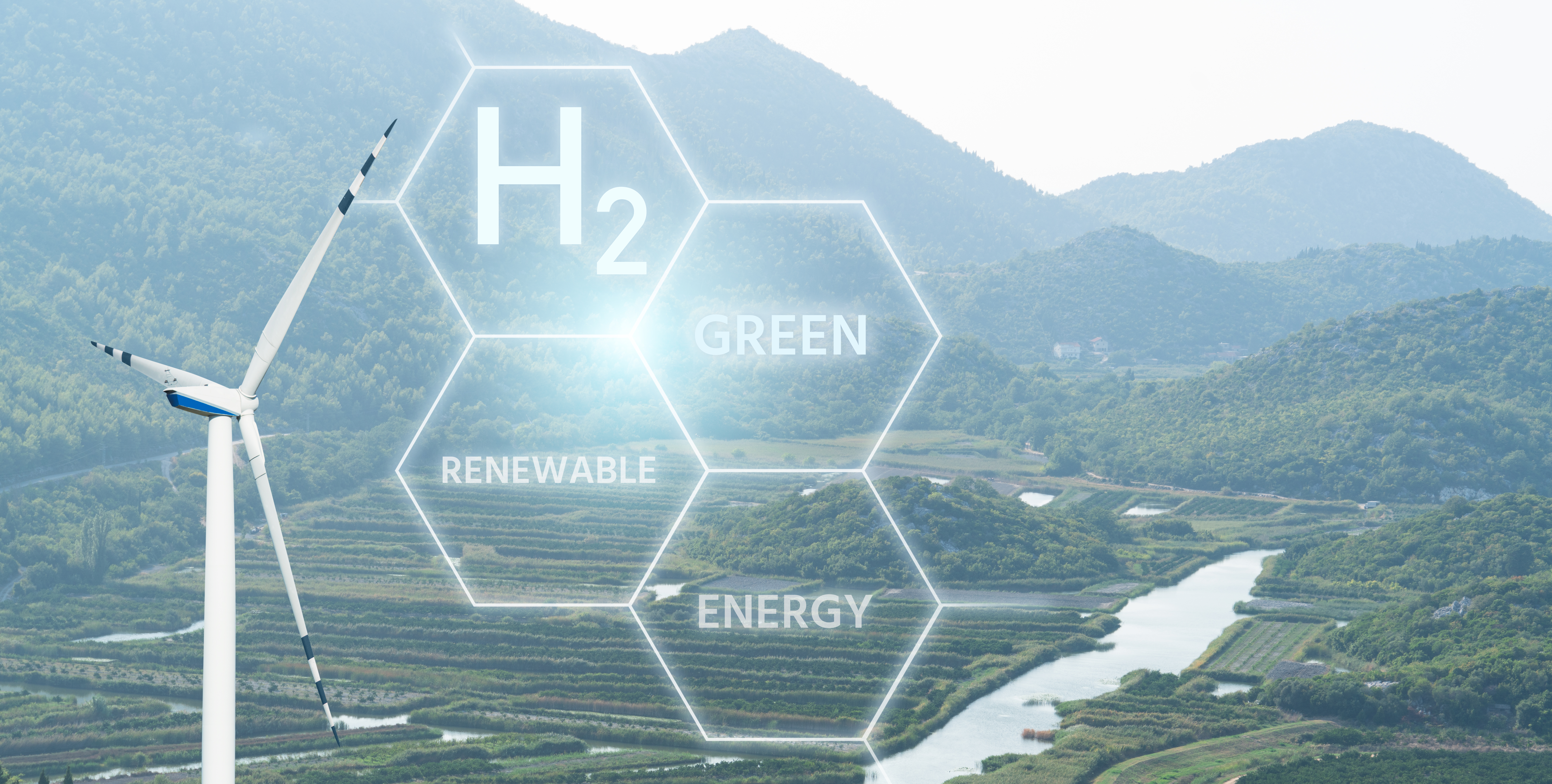
Building the infrastructure
A widescale adaption of hydrogen is limited by the lack of storage capacity and a lack of infrastructure that can support the large-scale transport of hydrogen. For example, think about the thousands of individual fueling stations that are needed for hydrogen vehicles to refuel. This is further hindered by the fact that hydrogen contains less energy per unit volume than all other fuels, as a result transporting, storing, and delivering is more expensive compared to a gasoline gallon equivalent. Creating a new hydrogen pipeline network involves high initial capital costs, and hydrogen's properties present unique challenges to pipeline materials.
The IEA report offers key recommendations to help governments, companies and other stakeholders to scale up hydrogen projects around the world. These include four areas where actions can help to lay the foundations for a global clean hydrogen industry:
- Making industrial ports the nerve centres for scaling up the use of clean hydrogen;
- Building on existing infrastructure, such as natural gas pipelines;
- Using hydrogen to power cars, trucks and buses that run on key routes;
- Launching international hydrogen shipping routes.
The IEA report notes that hydrogen still faces significant challenges. The development of hydrogen infrastructure is slow, and some regulations currently limit the development of a clean hydrogen industry. An option could be a more distributed production. Producing hydrogen centrally in large plants cuts production costs but boosts distribution costs. Producing hydrogen at the point of end-use—at fueling stations, for example—cuts distribution costs but increases production costs because of the cost to construct on-site production capabilities, and could lower the amount of green hydrogen used as it’s easier to produce grey and black hydrogen on many different locations.
The EU is also looking to invest more into hydrogen and hydrogen infrastructure. In May 2022 the European Commission published the REPowerEU plan, in which the implementation of the European hydrogen strategy was stated, with plans to further increase the European ambitions for renewable hydrogen. At the same time, the commission launched two consultations on two delegated acts clarifying EU rules applicable to renewable hydrogen.
As technological advances lower the associated costs of production, storage and transportation, along with further investment in the infrastructure to support it, a widescale adaption of hydrogen becomes more and more likely. Hydrogen could become the best solution for the future of our energy requirements, especially as fossil fuels run out, hydrogen could be a key solution for our global energy needs.
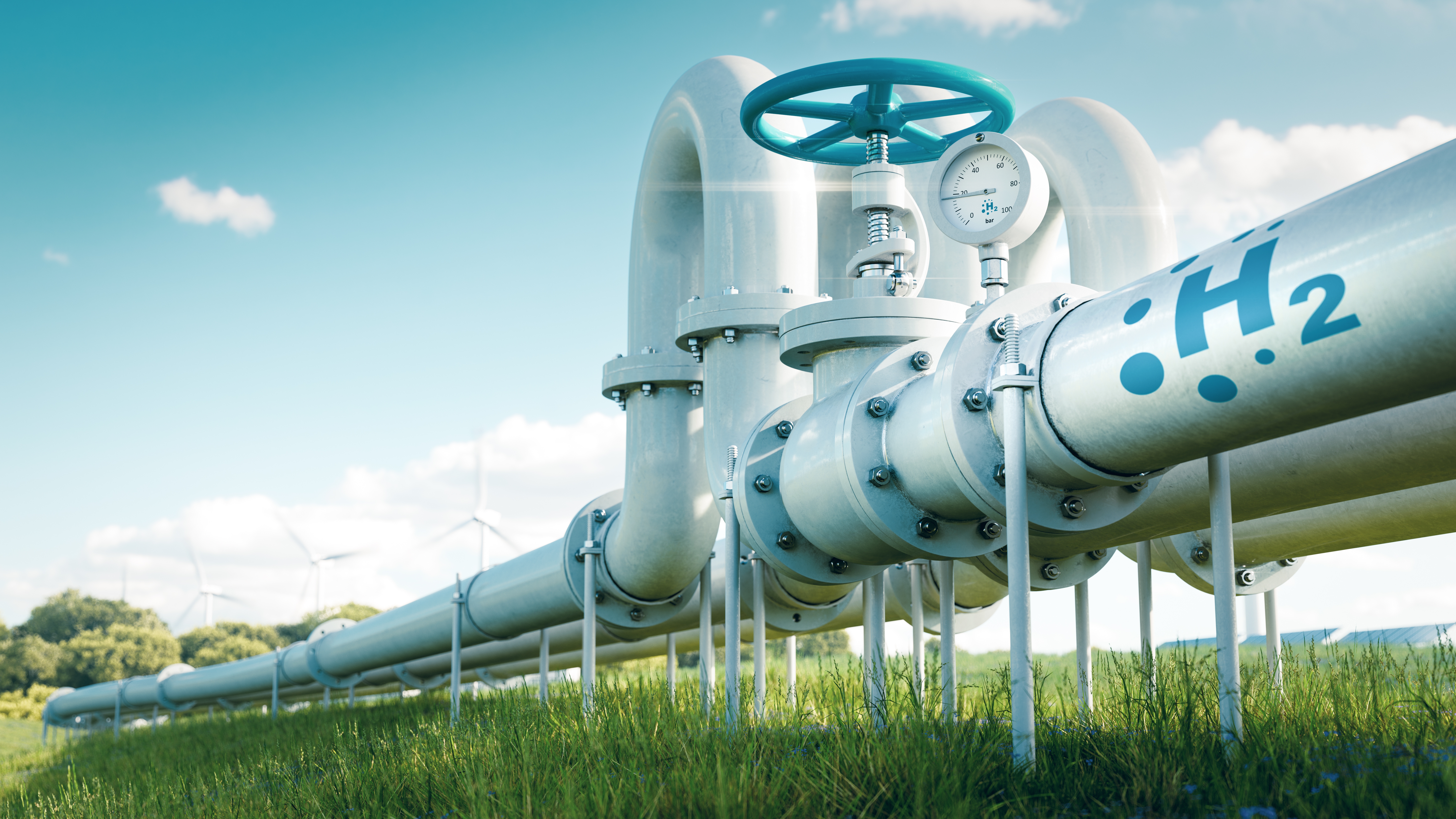
Attracting Hydrogen Professionals
To take advantage of the opportunities in the hydrogen industry, companies need to adapt to the speed of the market. We see a tendency for companies to continue business as usual, missing significant opportunities to adapt to new technologies, achieve sustainable goals, and move with the market. To move forward, organisations must attract professionals who are capable of implementing sustainable strategies. Companies that are succeeding in attracting new talent are moving fast. They are closing gaps and cutting down on processes.
Enhancing sustainability requires cross-disciplinary expertise and a high level of coordination to lead to sustainable value creation. Amoria Bond assists companies by finding the right experts for these positions using proven methodologies and providing a wide array of services.
What Amoria Bond does to help is adopt new practices to speed up the hiring process of highly skilled industry professionals. Our teams have outstanding industry knowledge and will work with you to find the best person to fulfil your advanced engineering position. However, our job is not just to find and place talented professionals. We offer specialised recruitment services that encompass much more: From market and competitive analysis to optimising the entire recruitment process, we cover the entire cycle that a new hire requires. Ultimately, all these aspects contribute to reducing your recruitment time, lowering your recruitment costs and improving the overall quality of the process.
We’re proud of our reputation and track record for delivering quality, relevant professionals. Find out more about our recruitment and staffing services and how we can help you.
So don't hesitate, contact my team and me today to learn more about our specialised recruitment services.



